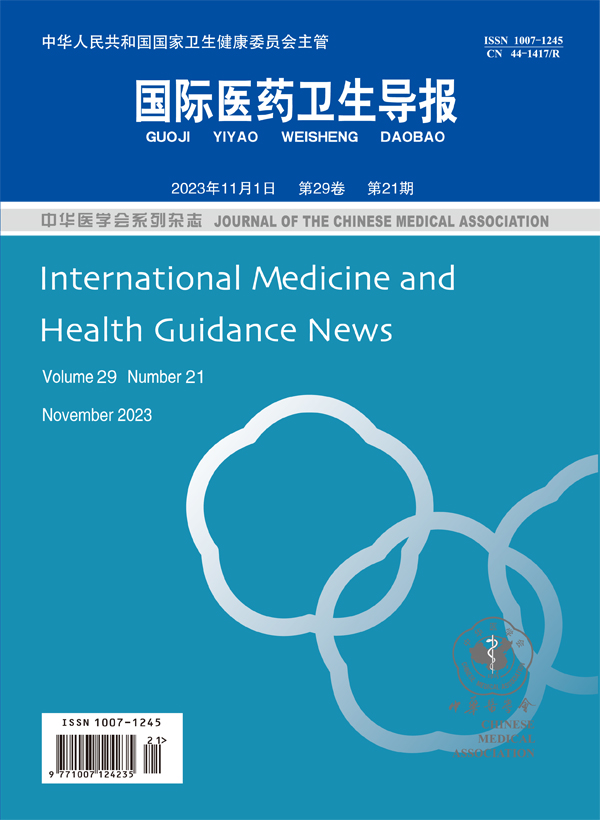Clinic effect of applying tirofiban on high and moderate-risk NSTE-ACS patients after a successful percutaneous coronary intervention treatment
引用次数: 0
Abstract
Objective To study how tirofiban (one kind of anti-platelet concentration drugs) reacts on non-ST-segment elevated acute coronary syndromes (NSTE-ACS) patients who were at moderate or high risk after percutaneous coronary intervention (PCI).Methods After operating PCI on the moderate or high risk NSTE-ACS patients in our hospital,the author divided these patients into observation group and control group.The control group was injected with normal saline,while the observation group was injected with tirofiban.After the injection,the safety and the effectiveness of the two groups were compared.Results After30 days of the operation,there was no remarkable difference of effectiveness endpoint between the two groups (P=0.40).There was no significant difference of composite endpoint after 7 days and 6 months as well.However,after 6 months the survival rate of the observation group was much higher than that of the control group (99.2% vs 94.2%,log-rank P=0.03).Besides,the safety rates of the two groups had no significant difference.Conclusion After PCI,if the moderate or high risk NSTE-ACS patients are injected with tirofiban as the anti-platelet drug,the survival rate can be increased and the treatment is quite reliable. Key words: Acute coronary syndromes; Percutaneous coronary intervention; Anti-platelet concentration drugs替罗非班治疗中高危NSTE-ACS患者经皮冠状动脉介入治疗成功后的临床效果
目的探讨替罗非班(一种抗血小板浓度药物)对经皮冠状动脉介入治疗(PCI)后非st段升高急性冠脉综合征(NSTE-ACS)中、高危患者的作用。方法对我院中、高危NSTE-ACS患者行PCI手术后分为观察组和对照组。对照组注射生理盐水,观察组注射替罗非班。注射后比较两组的安全性和有效性。结果术后30 d,两组疗效指标比较,差异无统计学意义(P=0.40)。7 d和6个月后的综合终点无显著性差异。6个月后,观察组患者的生存率明显高于对照组(99.2% vs 94.2%,log-rank P=0.03)。此外,两组的安全性无显著差异。结论PCI术后中高危NSTE-ACS患者注射替罗非班抗血小板药物可提高生存率,治疗效果可靠。关键词:急性冠脉综合征;经皮冠状动脉介入治疗;抗血小板药物
本文章由计算机程序翻译,如有差异,请以英文原文为准。
求助全文
约1分钟内获得全文
求助全文

 求助内容:
求助内容: 应助结果提醒方式:
应助结果提醒方式:


